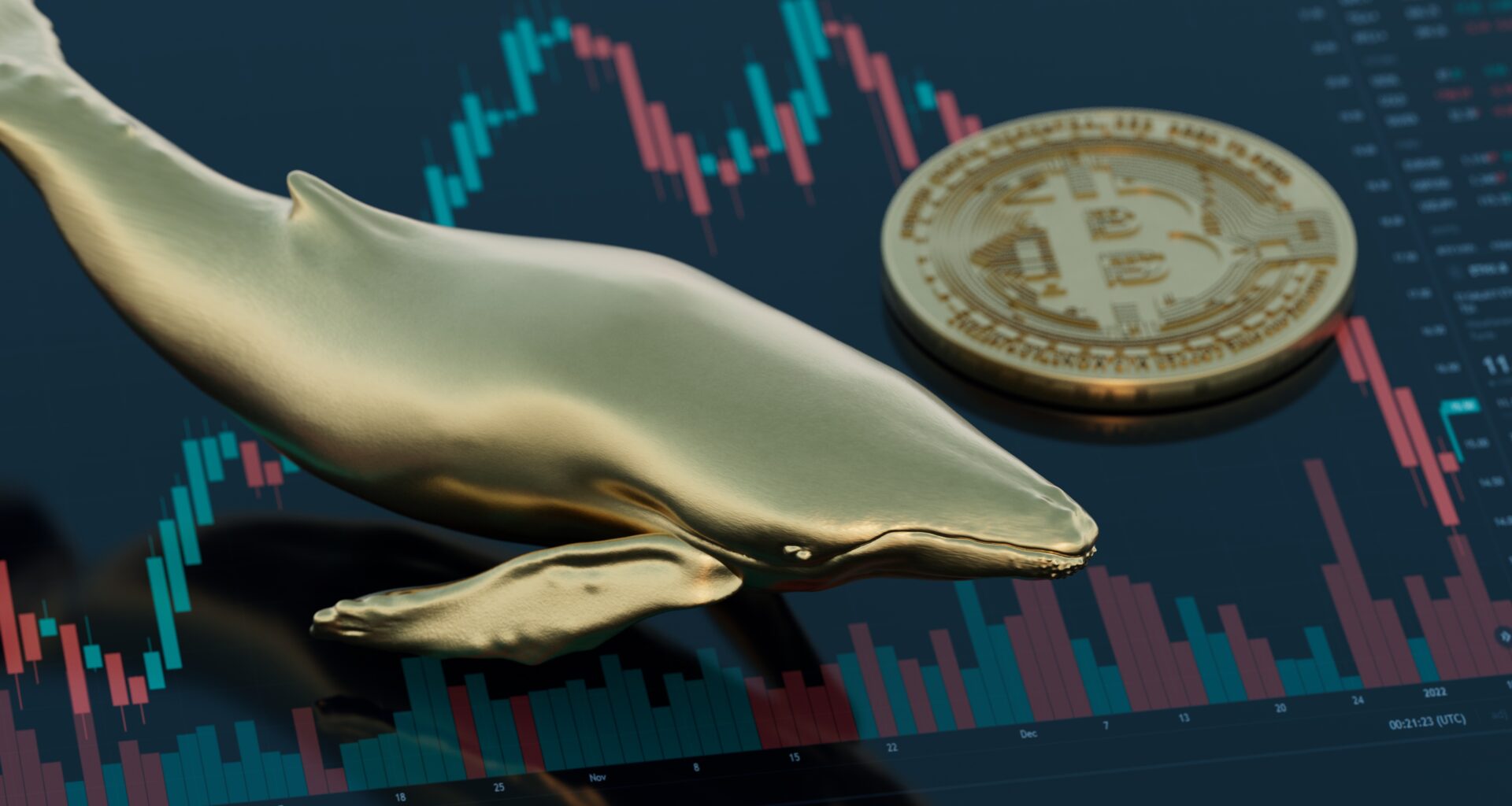Cryptocurrency whales are often spoken about in hushed tones. Some see them as a necessary part of the ecosystem, providing liquidity and stability. Others see them as a threat to the market, manipulating prices for their own gain. Regardless of your opinion on whales, it’s important to be able to track them. In this blog post, we’ll show you how to use on-chain data analysis to track whale wallets.
What Is a Crypto Whale?

A crypto whale is a large holder of cryptocurrency who can swing the market with their trades. Because they hold such a large amount of crypto, even a small percentage move in their portfolio can have a big impact on prices. For example, if a whale moves just 0.01% of its BTC holdings, that’s still $100 million.
Why Track Crypto Whale Transactions?
There are a few reasons why you might want to track whale transactions. For one, it can give you an idea of which way the market is moving. If you see a lot of selling activity from whale wallets, that could be an indication that prices are about to drop. Conversely, if you see buying activity, it could mean that prices could go up significantly.
How to Follow Crypto Whales?

There are a few different ways to track crypto whales. The most popular method is to use whale tracking tools. These tools collect data from the blockchain and provide users with information on large transactions. This includes both the sender and recipient wallet addresses, as well as the amount of crypto that was transferred.
One of the most popular whale tracking tools is Whale Alert. This tool not only tracks whale transactions but also provides users with information on the type of crypto that was transferred, the exchange it was sent from, and the time of the transaction.
However, if you want to track whales in real-time, you’ll need to use a different method.
The best way to track crypto whales in real-time is to use an order book explorer. Order book explorers show you the current orders that are being placed on exchanges. This includes both buy and sell orders. By looking at the order books, you can get an idea of where the market is moving in real-time.
On-Chain Analysis for Whale Tracking
In order to track whales on the blockchain, you need to be able to identify large transactions. This can be done by looking at the block size and the transaction value. The block size is the amount of data that is being sent in a transaction. The transaction value is the amount of crypto that is being sent.
Both of these values are publicly available on the blockchain. You can use them to identify large transactions that are likely from whale wallets.
Another way to track whales on the blockchain is to look at the addresses involved in a transaction. If you see an address that has a lot of BTC, for example, it’s likely a whale wallet. You can then track this address to see where it’s sending its BTC.
Wallet-To-Exchange Transactions
One of the most common types of whale transactions is from a wallet to an exchange. This is because whales often need to convert their crypto into fiat currency or other cryptocurrencies.
In order to track these types of transactions, you need to look for large transfers from wallets to exchanges. You can do this by looking at the block size and transaction value. Alternatively, you can look at the addresses involved in the transaction. If you see an address that has a lot of BTC, for example, it’s likely a whale wallet.
By tracking these types of transactions, you can get an idea of where the market is moving in real-time.
Exchange-To-Exchange Transactions
Another type of whale transaction that you can track is from one exchange to another. This is because whales often use multiple exchanges to trade their crypto.
In order to track these types of transactions, you need to look for large transfers from one exchange to another. You can do this by looking at the block size and transaction value. Alternatively, you can look at the addresses involved in the transaction. If you see an address that has a lot of BTC, for example, it’s likely a whale wallet.
By tracking these types of transactions, you can get an idea of where the market is moving in real-time.
Exchange-To-Wallet Transactions
The last type of whale transaction that you can track is from an exchange to a wallet. This is because whales often need to withdraw their crypto from exchanges.
In order to track these types of transactions, you need to look for large transfers from exchanges to wallets. You can do this by looking at the block size and transaction value. Alternatively, you can look at the addresses involved in the transaction. If you see an address that has a lot of BTC, for example, it’s likely a whale wallet.
By tracking these types of transactions, you can get an idea of where the market is moving in real-time.
Some Burning Whale Questions:

Do Whales Buy at or Near the Market Bottoms?
One of the most common questions asked about whales is whether or not they buy at market bottoms. Unfortunately, there’s no easy answer to this question. It’s difficult to say for sure because whale wallets are often anonymous.
However, there are a few things that you can look at to get an idea of whether or not whales are buying at market bottoms.
The first thing you can do is look at the block size and transaction value of a whale transaction. If you see a large block size and transaction value, it’s likely that the whale is buying a large amount of crypto. This could be an indication that they’re buying at market bottom prices.
Another thing you can look at is the address involved in the transaction.
How Long Are Whales Inactive?
If you see an address that hasn’t been active for a long time, it’s likely a whale wallet. This is because whales tend to hold their crypto for long periods of time. They’re not constantly buying and selling like most other investors.
If you see an address that’s been inactive for a long time, and then suddenly becomes active, it could be an indication that the whale is buying at market bottom prices.
Of course, this is just speculation. There’s no way to know for sure whether or not whales are buying at market bottoms. However, by looking at the block size, transaction value, and activity of whale wallets, you can get a better idea of where they’re moving their money.
When Do Whales Sell?
Just like it’s difficult to say when whales buy, it’s also difficult to say when they sell. However, there are a few things that you can look at to get an idea of when whales might be selling.
The first thing you can do is look at the block size and transaction value of a whale transaction. If you see a large block size and transaction value, it’s likely that the whale is selling a large amount of crypto. This could be an indication that they’re selling at market top prices.
Another thing you can look at is the address involved in the transaction. If you see an address that has a lot of BTC, for example, and it suddenly becomes active, it could be an indication that the whale is trying to trade or sell it off completely.
In this blog post, we’ve shown you how to use on-chain data analysis to track whale wallets. We hope that this guide has been helpful and that you can use it to gain insights into the market. Thanks for reading! If you want to learn more about on-chain data analysis, check out our other blog on how to set up a blockchain node.









